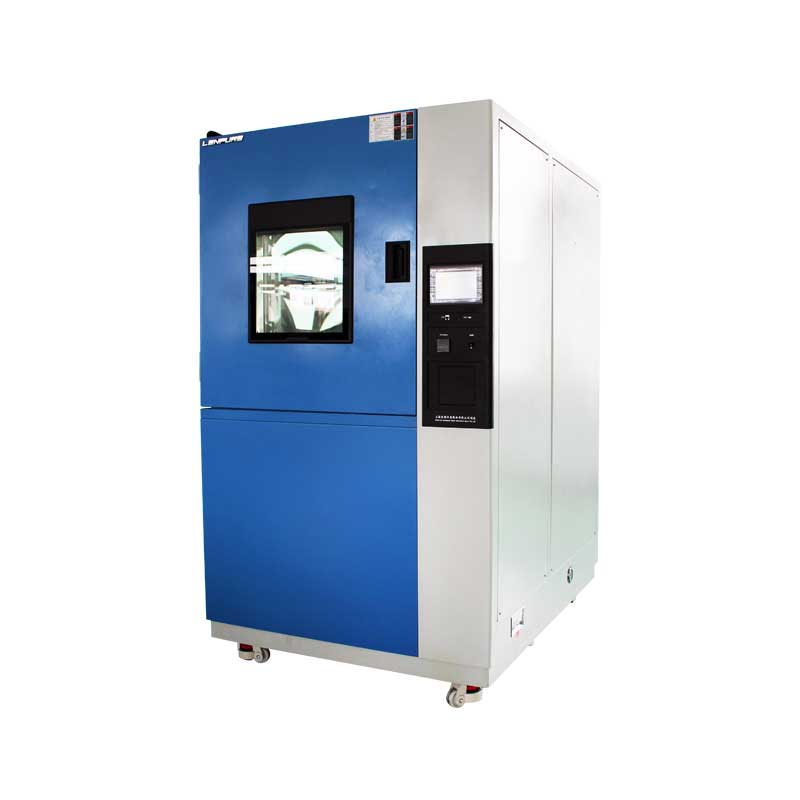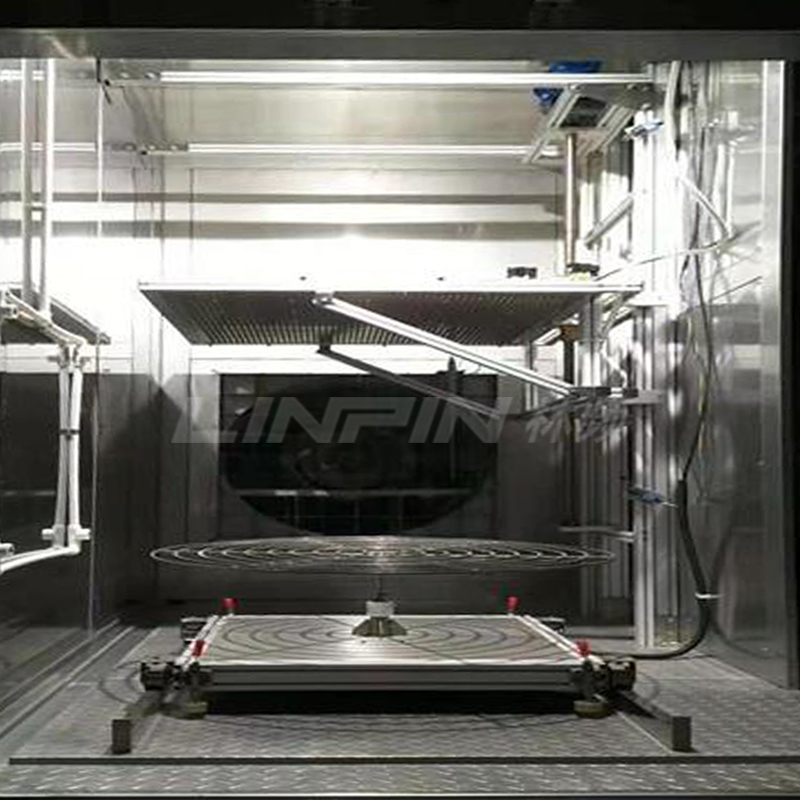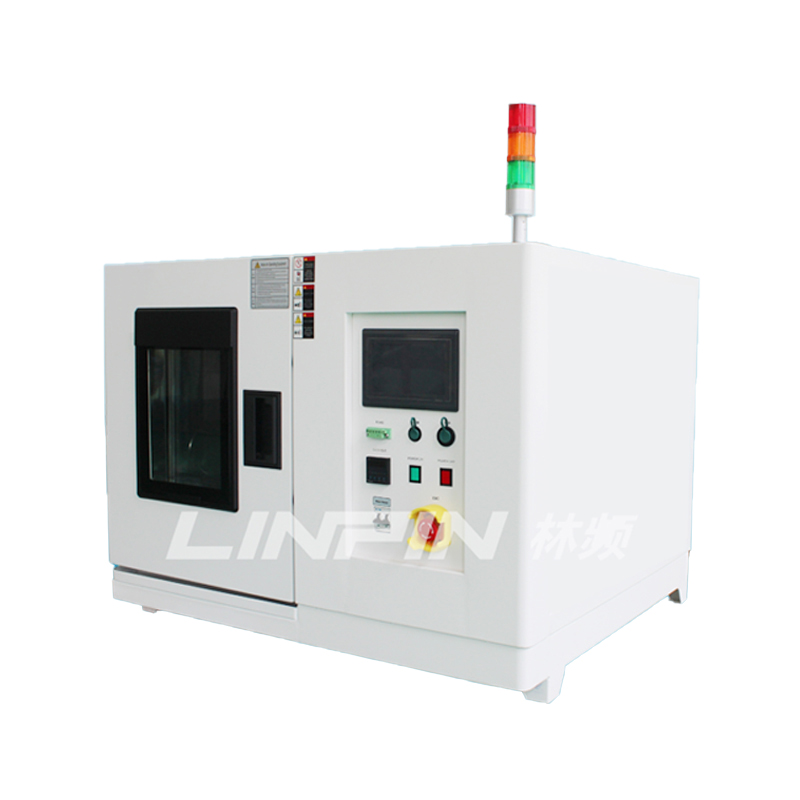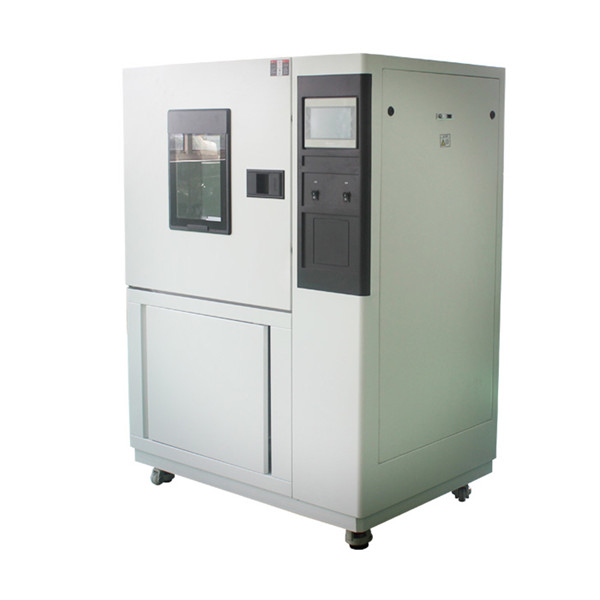Evaluating UV Aging Performance in TWS Earphones: A Critical Assessment of Durability Standards
Author:LINPIN Update Time:2025-09-05 Source:LINPINThe durability of True Wireless Stereo (TWS) earphones under prolonged ultraviolet (UV) exposure is a critical factor in product design, particularly for outdoor usage. UV radiation accelerates material degradation, leading to discoloration, loss of elasticity, and structural weakening. This analysis examines the methodologies and outcomes of UV aging tests for TWS earphones, focusing on industry standards, material selection, and performance metrics.
UV Aging Test Protocols
UV aging tests simulate long-term environmental exposure using controlled laboratory conditions. The most widely adopted standards include:
- ASTM G154: Standard practice for operating fluorescent UV lamp apparatus.
- ISO 4892-3: Plastics—Methods of exposure to laboratory light sources, Part 3: UV fluorescent lamps.
- IEC 60068-2-5: Environmental testing—Test methods, Part 2-5: Test Sa—Simulated solar radiation at ground level.
Tests typically involve cyclic exposure to UV light (UVA-340 or UVB-313 lamps) at specified irradiance levels (e.g., 0.71 W/m² at 340 nm), alternating with condensation phases to replicate humidity effects. Testing durations range from 200 to 1000 hours, correlating to months or years of outdoor exposure.
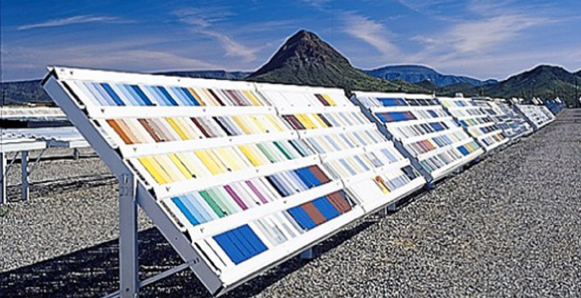
Material Degradation Mechanisms
TWS earphones comprise polymers (e.g., ABS, PC, silicone, and TPU) susceptible to UV-induced damage. Key degradation modes include:
- Surface Cracking and Chalking: Photo-oxidation breaks polymer chains, leading to microcracks and powdery residues.
- Color Fading: UV radiation disrupts chromophores, causing yellowing or bleaching.
- Loss of Mechanical Integrity: Elastic materials like ear tips may harden, reducing seal integrity and comfort.
High-performance additives, such as UV stabilizers (e.g., hindered amine light stabilizers, HALS) and carbon black, mitigate these effects. However, their efficacy must be validated through accelerated testing.
Performance Metrics and Evaluation
Post-test evaluations assess:
- Visual Inspection: Discoloration (measured via ΔE using spectrophotometry) and surface defects.
- Mechanical Testing: Tensile strength, elongation at break, and hardness (Shore A/D) comparisons.
- Functional Integrity: Bluetooth connectivity, battery life, and button responsiveness post-exposure.
For instance, a premium TWS model subjected to 500 hours of UV exposure under ASTM G154 retained 90% of its original tensile strength, while an untreated control sample degraded by 40%.
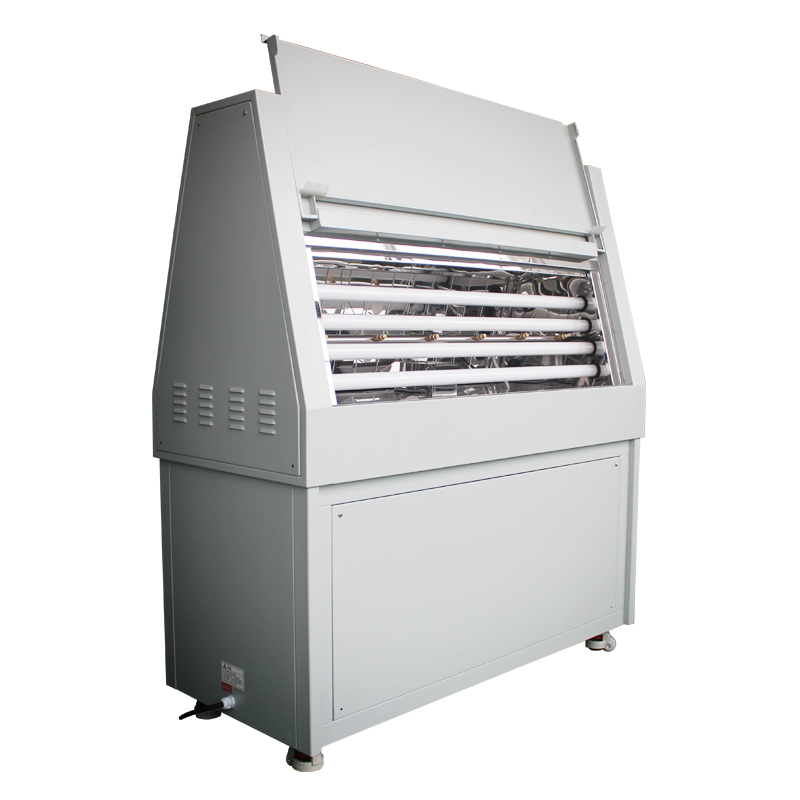
Industry Implications and Consumer Impact
Manufacturers prioritizing UV-resistant designs gain a competitive edge in markets with high solar exposure. Consumers benefit from extended product lifespans, reducing electronic waste. Regulatory bodies, such as the FCC and CE, may eventually mandate UV durability labeling, similar to IP ratings for water resistance.
UV aging performance is a non-negotiable criterion for TWS earphone reliability. Rigorous testing and advanced material engineering ensure products withstand environmental stressors, aligning with sustainability goals and user expectations. Future research should explore nano-coatings and biodegradable polymers to further enhance UV resistance.

